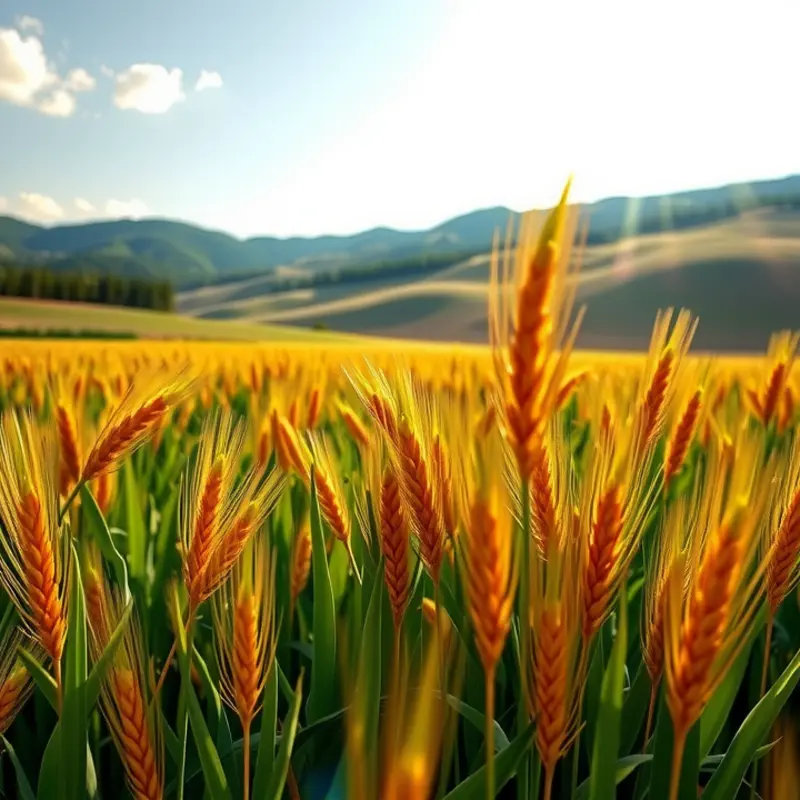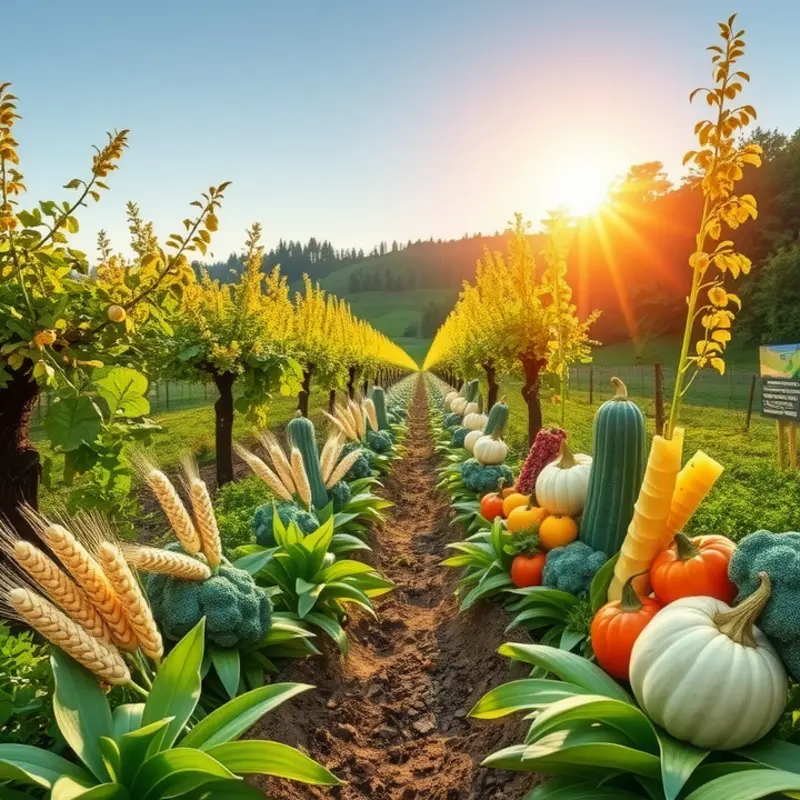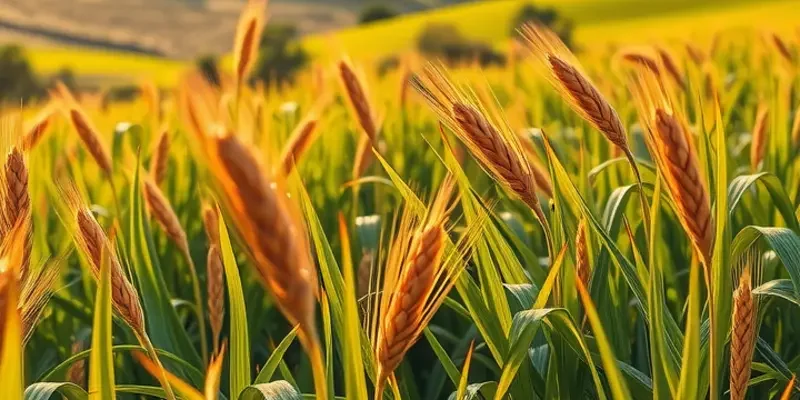Finding the perfect grain substitute can enhance both flavor and nutritional value in your cooking. With so many dietary preferences on the rise, understanding how to seamlessly replace common grains has never been more important. This guide explores easy swaps that cater to various dietary needs without compromising the taste or texture of your meals, making it simple for home cooks to keep their meals exciting and nutritious.
Ancient Grains: Nutritious Alternatives

Discovering ancient grains is like unearthing a culinary treasure trove, offering unique flavors and nutritional benefits. Quinoa, farro, and millet stand out as stellar counterparts to standard grains, each with its own charm and health perks.
Quinoa, a pseudo-grain from the Andean region, is a superstar in the world of nutrition. Packed with all nine essential amino acids, it’s a complete protein source. This makes it especially valuable for those on plant-based diets. Quinoa’s nutty flavor and fluffy texture make it perfect for salads, soups, and even breakfast bowls. You can replace rice with quinoa in stir-fry dishes for an added protein boost. Further tips on adopting plant-based eating habits, which quinoa can complement, can be found in this easy plant-based eating guide.
Next, we have farro, an ancient wheat grain that carries a chewy texture and rich, nutty taste. It is often used in Mediterranean dishes, and for good reason. Farro is high in fiber, iron, and magnesium, contributing to digestive health and energy metabolism. Try substituting farro for arborio rice in your next risotto, and enjoy its hearty texture and wholesome flavor. Pasta salads, stews, and even casseroles also benefit from this grain’s robust nature.
Lastly, millet, a small-seeded grain, offers versatility and mild, sweet flavor. It’s naturally gluten-free, making it ideal for individuals with gluten intolerance. Millet is rich in digestive enzymes and essential nutrients like phosphorus and magnesium. Use it to prepare a comforting porridge or as a base for veggie patties. When toasted lightly, millet develops a tantalizing aroma that enhances baked goods and side dishes.
Incorporating these ancient grains into your meals not only diversifies your culinary repertoire but also supports a balanced diet. Their unique profiles can be effortlessly integrated into various recipes, contributing to more nutritious, flavorful meals that cater to a range of dietary needs.
Modern Substitutes for Everyday Grains

Modern cooking has expanded the possibilities for embracing grain alternatives, offering options that are both innovative and health-friendly. As we explore substitutes for staples like rice and wheat, it’s essential to consider the balance of taste, texture, and nutritional value. The journey begins in your own kitchen, where flexibility meets creativity.
Rice, a global staple, can be surprisingly versatile. Enter cauli-rice, a game-changer for those looking to cut carbs or increase vegetable intake. Made by grating cauliflower into rice-sized bits, this substitute is not only low in calories but also rich in fiber and antioxidants. Cooks will appreciate its quick cooking time; simply sautéing it in a bit of olive oil with garlic, salt, and pepper creates a flavorful base for many dishes.
For wheat-heavy recipes like pasta, consider using gluten-free alternatives made from ingredients like chickpeas or lentils. These options deliver more protein and fiber than traditional wheat pasta, offering advantages for those with gluten sensitivities or those pursuing a high-protein diet. Experimenting with these alternatives can lead to delightful meals without sacrificing taste or texture.
Quinoa is another modern marvel. Though a seed, it’s often considered a grain thanks to its unique protein composition and culinary versatility. Quinoa cooks quickly, much like rice, but with a nutty flavor profile that pairs well with both savory and sweet dishes. Its high protein content makes it an excellent choice for vegetarians seeking complete proteins in their diets.
When baking, replacing wheat flour is often a primary concern. Almond flour, made from blanched almonds, provides a moist, slightly sweet crumb to cakes and cookies. It complements the flavors while offering a boost of healthy fats and protein. Coconut flour, another popular choice, is highly absorbent and works well in recipes needing structure, such as pancakes and muffins. Remember, these flours often require additional moisture, so adjusting liquid ingredients is essential.
For those wishing to expand their cooking knowledge further, consider checking the practical ingredient batching guide. This resource provides insights into managing these ingredients efficiently, enhancing their utility in your kitchen.
Learning to navigate these grain alternatives not only respects diverse dietary needs but also enriches your cooking repertoire. By embracing these substitutes, you ensure your culinary creations remain delicious, nutritious, and inclusive for all who join your table.
Final words
Embracing alternative grains can invigorate your cooking and enhance your meals’ nutritional value. By swapping out familiar grains for ancient varieties or modern substitutes, you not only cater to dietary restrictions but also introduce a delightful range of flavors and textures. Experimenting with different grains allows for culinary creativity and a unique dining experience that is both satisfying and nutritious. Keep exploring new ingredients to keep your cooking fresh, healthy, and enjoyable for everyone at your table.







